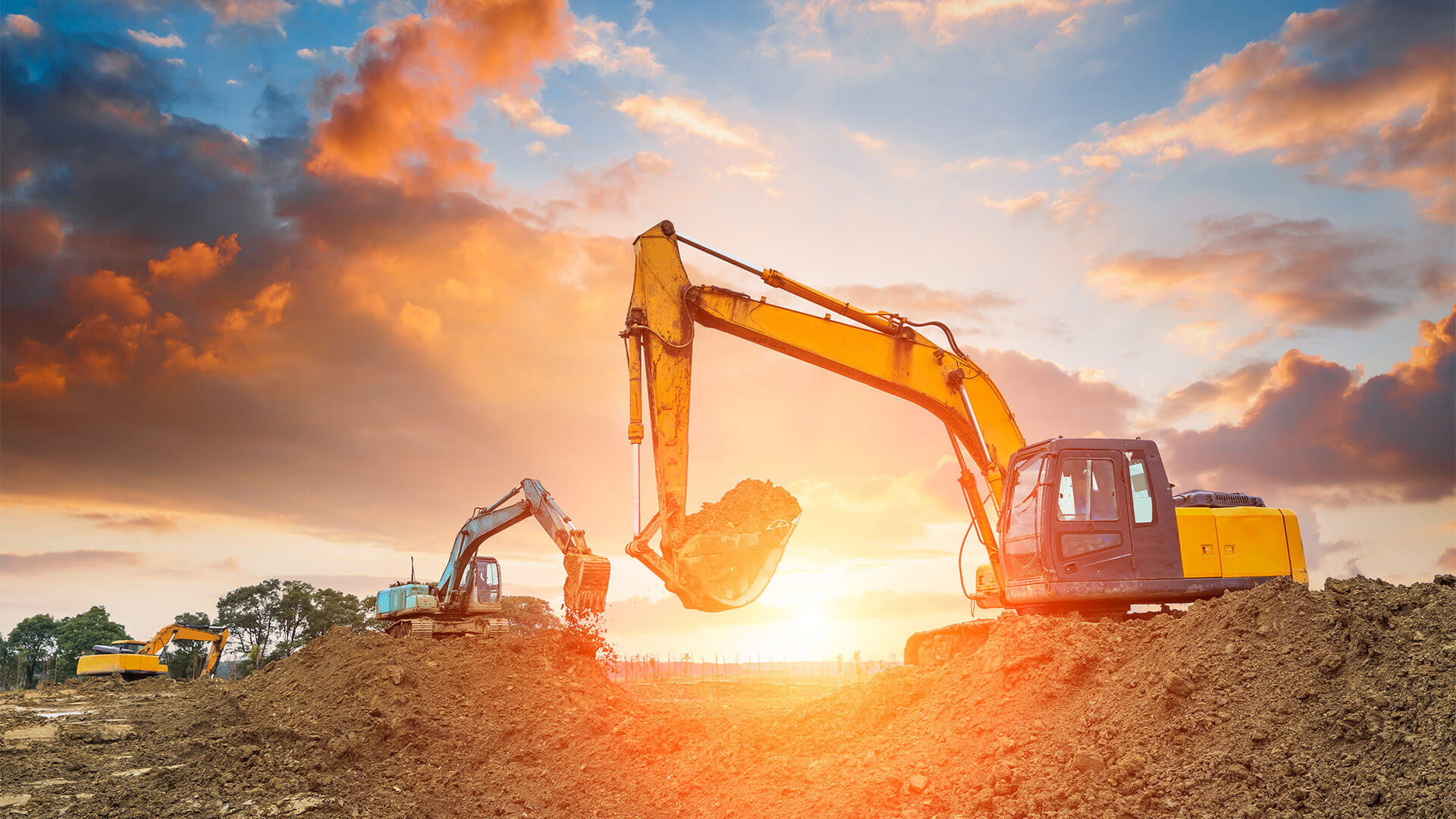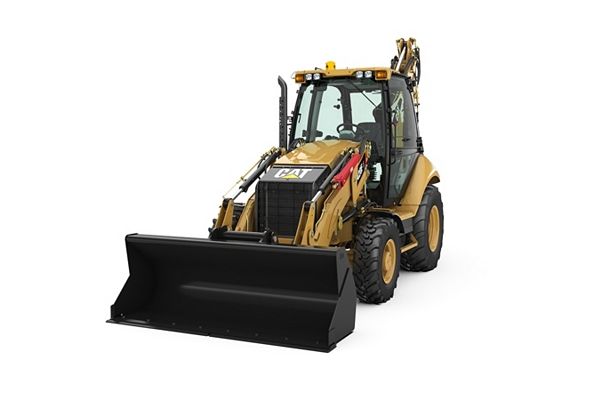Scissor Lift Rental: Safe and Effective Solutions
Leasing Vs. Acquiring Building And Construction Equipment: Making the Right Choice for Your Job
When getting started on a building job, one of the crucial choices that predict stakeholders and managers face is whether to get or rent out building devices. The decision hinges on different elements such as cost considerations, project period, equipment maintenance, adaptability, scalability, and threat management.
Price Considerations
When evaluating the financial element of leasing versus getting construction tools, the lasting expenditures and in advance costs should be carefully thought about. Renting equipment often needs reduced preliminary payments contrasted to acquiring, making it an eye-catching option for short-term projects or specialists with spending plan restraints. Renting removes the need for large resources expenses and minimizes the financial danger related to tools ownership, such as upkeep and depreciation expenses. Nonetheless, in the future, continuously renting equipment can collect greater costs than purchasing, specifically for extended tasks.
On the various other hand, getting building and construction tools includes higher upfront costs yet can result in long-lasting cost savings, particularly for lasting tasks or frequent users. Owning tools gives flexibility, benefit, and the capacity for resale value once the job is completed. Additionally, possessing equipment permits personalization and experience with specific equipment, potentially enhancing efficiency and performance on-site. Inevitably, the decision between renting and acquiring building and construction equipment hinges on the task's duration, regularity of use, budget considerations, and long-lasting monetary objectives.
Job Period

On the other hand, for lasting jobs or recurring construction work, getting equipment might be the much more affordable choice. Investing in equipment can result in cost financial savings in the lengthy run, especially if the devices will certainly be regularly utilized. Additionally, having devices offers a sense of control over its availability and enables modification to fit specific job demands.

Equipment Upkeep
Given the essential function project duration plays in determining one of the most economical strategy between leasing and purchasing building equipment, the emphasis now shifts towards examining the important aspect of tools maintenance. Correct upkeep is crucial for ensuring the optimal performance and long life of building and construction devices. Renting out equipment frequently comes with the benefit of having actually well-kept equipment given by the rental company. This can minimize the problem of maintenance tasks from the project proprietor or specialist, saving effort and time. On the various other hand, having tools calls for a positive strategy to maintenance to prevent failures, guarantee safety and security, and prolong the tools's life expectancy. Regular assessments, maintenance, and prompt repairs are necessary to keep owned and operated devices in leading functioning condition. Consider maintenance costs when deciding in between leasing and purchasing, as disregarding maintenance can lead to pricey fixings, downtime, and job delays. Eventually, a well-kept building and construction tools fleet, whether leased or owned, is crucial for the successful and reliable conclusion of building and construction projects.
Adaptability and Scalability
In the world of construction tools monitoring, the element of adaptability and scalability holds considerable importance for task effectiveness and resource application. Choosing to rent building equipment offers a high level of flexibility as it enables for the quick adjustment of tools types and quantities based on the progressing requirements of a task.
Moreover, scalability, another vital variable, is naturally linked to flexibility. Renting building and construction equipment offers the benefit of quickly scaling procedures up or down as project demands change. Service providers can quickly exchange or add equipment to match the job's transforming demands without the constraints of owning assets that may come to be underutilized or outdated. This capacity to scale sources effectively can result in price financial savings and enhanced task timelines, making renting a desirable option for jobs requiring versatility and receptive source allotment.
Danger Administration
Efficient threat management in building devices operations is paramount to guaranteeing job success and mitigating prospective financial losses. straight from the source Construction jobs inherently involve numerous dangers, such as devices failures, crashes, and task delays, which can substantially affect the project timeline and spending plan. By meticulously thinking about the dangers connected with owning or leasing building equipment, project supervisors can make informed decisions to minimize these prospective threats.
Leasing construction devices can use a level of risk mitigation by moving the duty of upkeep and fixings to the rental business. This can reduce the economic concern on the project owner in instance of unforeseen equipment failings (heavy equipment rental). Furthermore, renting out supplies the flexibility to gain access to specific devices for certain job phases, minimizing the threat of owning underutilized machinery
On the other hand, having construction equipment supplies a sense of control over its use and maintenance. However, this additionally means bearing the full responsibility for repair work, maintenance expenses, and depreciation, boosting the financial threats connected with equipment possession. Mindful risk analysis and factor to consider of elements such as project period, devices application, and maintenance requirements are crucial in figuring out the most appropriate choice for efficient risk management in building and construction tasks.
Verdict
Finally, when determining between leasing and getting building and construction equipment, it is essential to take into consideration price, project check period, tools upkeep, threat, flexibility, and scalability monitoring. Each aspect plays a vital function in establishing one of the most appropriate option for the task handy. By very carefully reviewing these elements, task supervisors can make an educated choice that lines up with their spending dozer rental plan, timeline, and total project objectives.
